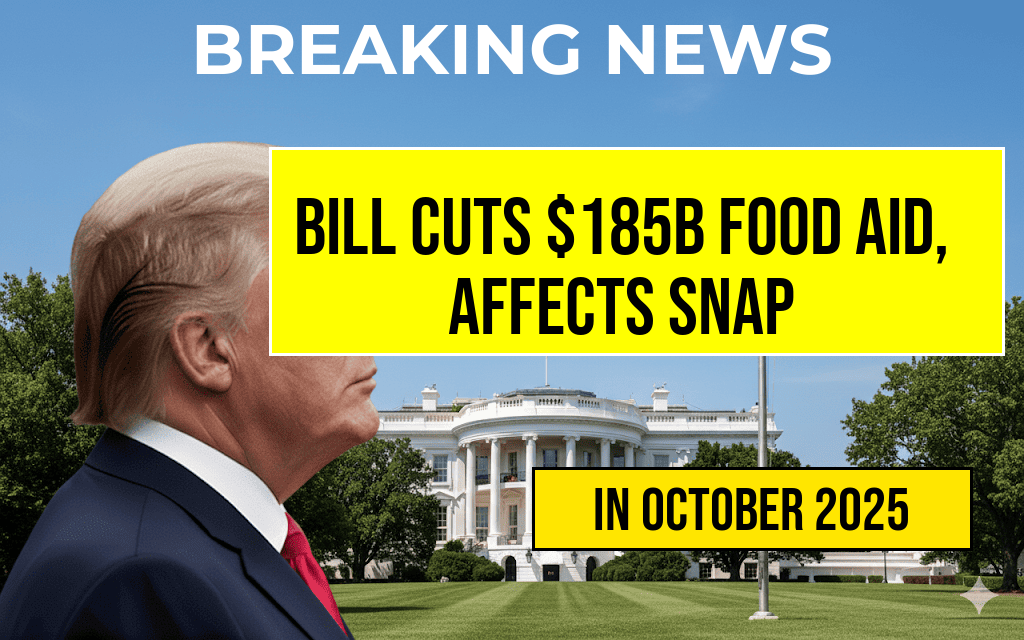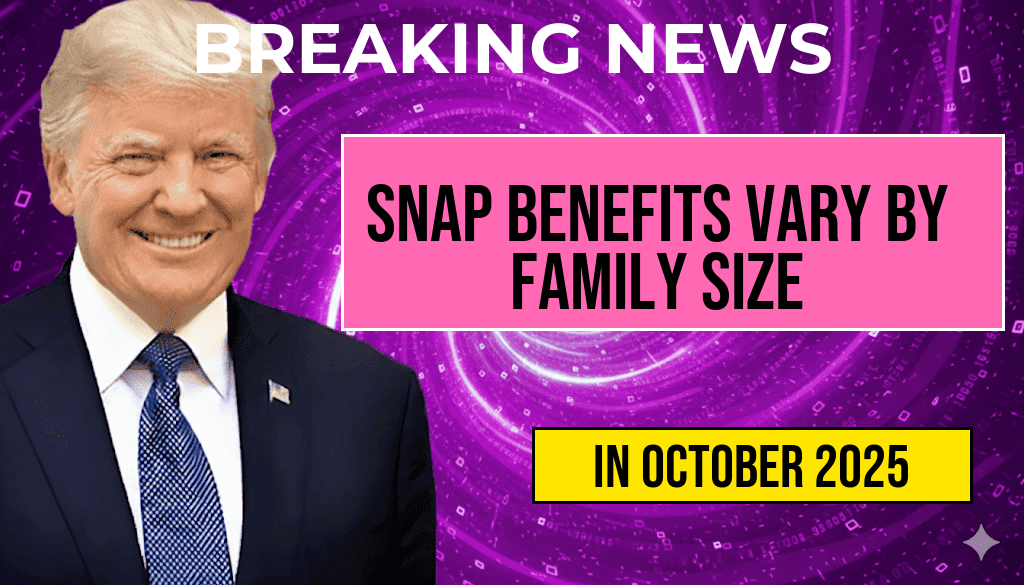In a significant shift in fiscal policy, recent legislation has cut $185 billion from food assistance programs, raising concerns about the future of the Supplemental Nutrition Assistance Program (SNAP). This reduction comes at a time when many households, especially those with limited incomes, rely heavily on SNAP benefits to meet their basic nutritional needs. For families of two, the average benefit amount stands at $546 per month. As these cuts begin to take effect, many are questioning how this will impact their monthly benefits and overall food security.
Understanding the SNAP Program
The Supplemental Nutrition Assistance Program, commonly known as SNAP, is a federal assistance program designed to help low-income individuals and families afford food. It has been a crucial safety net for millions of Americans, particularly during economic downturns or unforeseen circumstances such as the COVID-19 pandemic. The program operates through electronic benefit transfer (EBT) cards, which recipients can use at grocery stores and participating retailers.
Details of the Funding Cuts
The newly passed bill, which has faced bipartisan scrutiny, aims to address the federal deficit by reducing spending across various social programs. The $185 billion in cuts to food aid represents a significant portion of the overall budget reduction. Critics argue that these cuts will disproportionately affect low-income families, many of whom are already struggling to make ends meet.
Projected Impact on Benefits
For families of two currently receiving an average of $546 in SNAP benefits, these funding cuts could lead to reduced monthly allocations. Although the exact amount each household will be affected remains unclear, estimates suggest a reduction could be seen as soon as the next fiscal year. Here’s a breakdown of potential impacts:
| Household Size | Current Average Benefit | Estimated Reduction | New Average Benefit |
|---|---|---|---|
| 2 People | $546 | Up to $100 | $446 |
| 4 People | $1,000 | Up to $150 | $850 |
Who Will Be Affected Most?
The cuts are expected to impact vulnerable populations the hardest, including:
- Low-income families with children
- The elderly living on fixed incomes
- Individuals with disabilities
These groups typically rely on SNAP benefits not just for sustenance, but for overall stability in their daily lives. A reduction in food assistance could lead to increased food insecurity, which has broader public health implications.
Reactions from Stakeholders
The response to the cuts has been swift and varied. Advocacy groups are sounding alarms about the potential for increased hunger and poverty levels across the nation. The Food Research & Action Center (FRAC) has called the cuts “devastating” and warned of long-term consequences for public health and economic stability. On the other hand, some lawmakers argue that the cuts are necessary for fiscal responsibility and ensuring that government spending is sustainable.
What Can Recipients Do?
Individuals currently receiving SNAP benefits are encouraged to stay informed about any changes to their benefits. Here are some proactive steps:
- Regularly check the official USDA SNAP website for updates.
- Contact local food banks or community organizations for additional food resources.
- Participate in advocacy efforts to voice concerns over potential cuts.
Conclusion
The implications of the $185 billion cuts to food aid are profound, particularly for households relying on SNAP benefits. As discussions continue in Congress, it remains essential for affected families to stay engaged and informed about their options and resources. The future of food assistance in America hangs in the balance, and ongoing advocacy may be crucial in shaping its trajectory.
Frequently Asked Questions
What is the recent bill regarding food aid and SNAP benefits?
The recent bill cuts $185 billion from food aid programs, which directly impacts the $546 SNAP benefits allocated for two people. This reduction raises concerns about the availability of food assistance for low-income families.
How will the cuts affect my SNAP benefits?
The cuts to food aid may lead to a decrease in your SNAP benefits, which could affect your ability to purchase essential food items. It is essential to stay informed about any changes to your benefits due to the new legislation.
Are there any alternative assistance programs available?
Yes, there are several alternative assistance programs available, such as food banks, community kitchens, and local nutrition programs. These resources can help supplement your food needs if SNAP benefits are reduced.
What should I do if I experience a reduction in my benefits?
If you experience a reduction in your SNAP benefits, you should contact your local SNAP office for assistance. They can provide information on your eligibility, appeal options, and other resources available to help you.
How can I stay informed about changes to food aid programs?
To stay informed about changes to food aid programs, regularly check official government websites, local food assistance organizations, and news outlets. Subscribing to newsletters from these sources can also help you receive timely updates.






